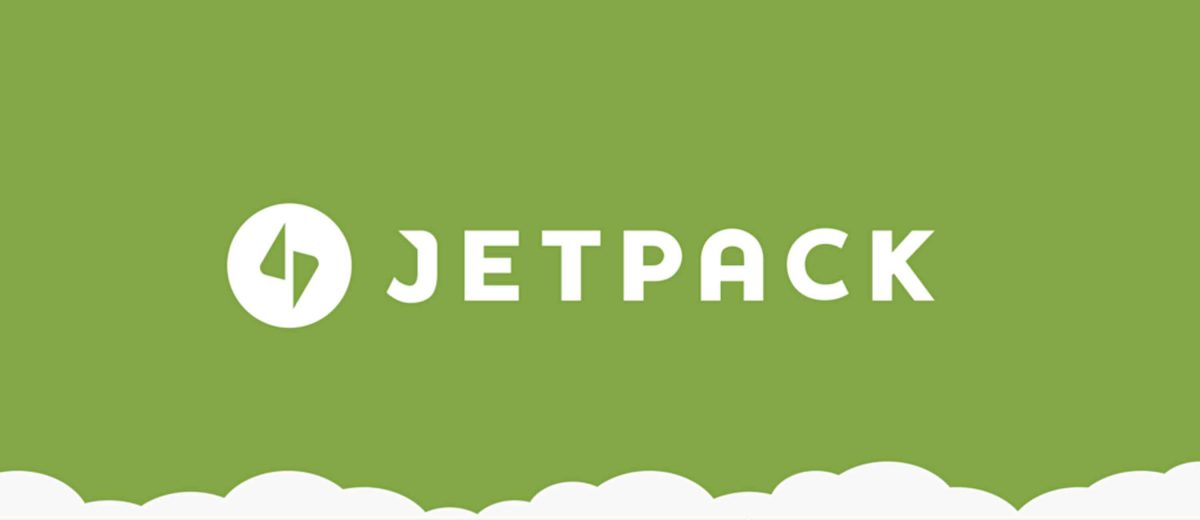Jetpack is a WordPress Plugin built by Automattic with over 12 billion downloads. It adds up to 30 features to your website, but should you use it all? Maybe just part of it?
Originally developed for WordPress.com sites, JetPack was a no-brainer to install and use. Features like site monitoring, Stats, Subscriptions, and others were great additions. However, with WordPress.org sites it’s a different matter. Self-hosted sites are not limited like WordPress.org sites. Mainly because it’s you are paying for your server. Therefore you are responsible for monitoring, security and all the fun stuff that is just easier to pay someone to do for you, like Element 502.
But here’s the features, I use, and I hope some helpful tips about JetPack. Hopefully, this information will help you decide if or how to use it. So let’s start with the features:
2-Step Authentication
Logging in with 2-step authentication is the best for secured websites with logins. You can still use your password and username traditionally. However, 2-step requires your mobile device and sends a 6 digit code via text message, or you can use an app.
There are other 2-step auth methods for WordPress, but this is free. It does require a WordPress.com profile in which to connect.
Engagement by JetPack
Engagement plugins are numerous, but the ones I focus on are the following: Site Stats, Related Posts, Enhanced Distribution, Sitemaps and Subscriptions. I frequently activate these additions when connecting a WordPress site to JetPack. Stats is obvious because one cannot have enough metrics to see what’s happening on your site.
Related Posts and Enhanced distribution is up to you. Related posts are what you see at the bottom of blog posts that show related content that has proven to generate more click-thrus. Enhanced Distribution helps syndicate content to social media marketing channels.
You can read more about Enhanced Distribution at the link below:
https://jetpack.com/support/enhanced-distribution/
Security by JetPack
JetPack is an ever growing project from Automattic (WordPress). Now with a Pro account, they offer scanning which hunts down malware infecting your site and reports it. Cleaning of that malware is an extra charge by a third party (something we do for free if malware is found, by the way).
Protect extension is an addition that was a stand alone plugin that was merged into JetPack core a couple of years ago. Protection protects your login from a brute force attack. A brute force attack is a spam server that uses thousands of IP’s to attempt to break into your WordPress website. It’s not a WordPress problem only; every site will undergo one of these attacks. Even the U.S.’ DNS can be as well.
https://codex.wordpress.org/Brute_Force_Attacks
Monitor is a plugin from JetPack that does just that: Monitors your websites uptime and reports via email when your site is down. Other security plugins I favor are Akismet (Pro version cost money but worth it) and Single Sign On (that’s the 2-step auth). Akismet prevents spam attacks and spammy comments, protects from spam on forms and works with paid contact forms plugin Gravity Forms.
Site backups are available for a subscription, but if hosting with Element 502, it’s included.
Appearance by JetPack
This extends the functionally of your theme and its features for site visitors. Not all themes are compatible if the theme author hasn’t made it so. Therefore, if issues arise, ask them about it.
I particularly use the Extra Sidebar Widgets to include things like a Twitter feed, or links for RSS feeds to pull or push content. Widget Visibility is useful if your website uses sidebars but doesn’t want every widget to appear on the same page.
Custom CSS adds an option to your WordPress admin under the Appearance menu to write CSS code to custom style your theme, something that is no longer required because of updates to WordPress customizer in version 4.7.
Writing by JetPack
Writing tools are a part of WordPress. Even though it’s a CMS, it’s roots are still as a blogging or content publishing platform. WP.me links are autogenerated short links that when content is shared on social media can be used. instead of the full URL, it allows the shorter one instead.
Short embeds are useful because embedding content from YouTube, Twitter and other sources are much more simplified. See the link below to read more.
https://jetpack.com/support/shortcode-embeds/
That’s all the features I use from JetPack. Are there any you like? Let us know in the comments below.

